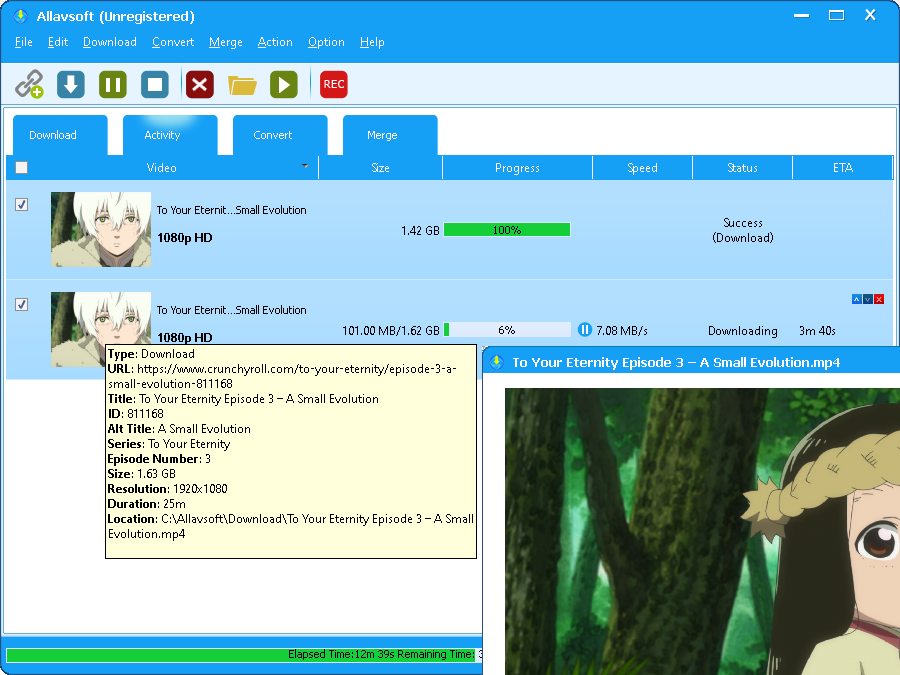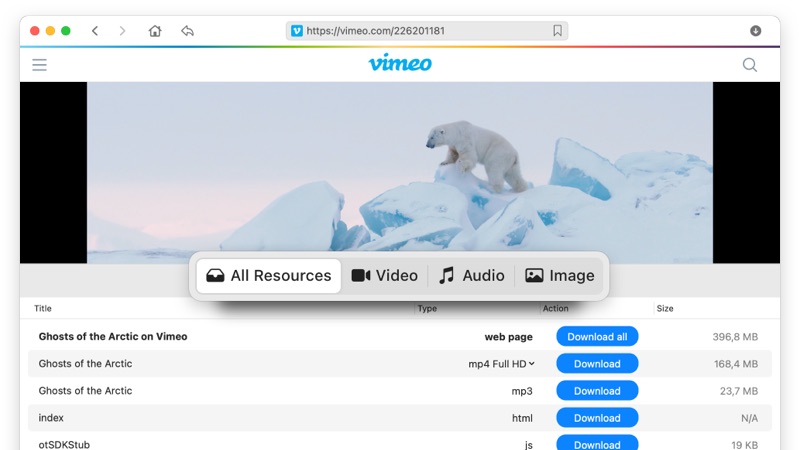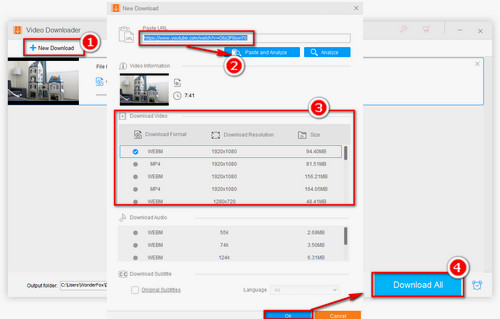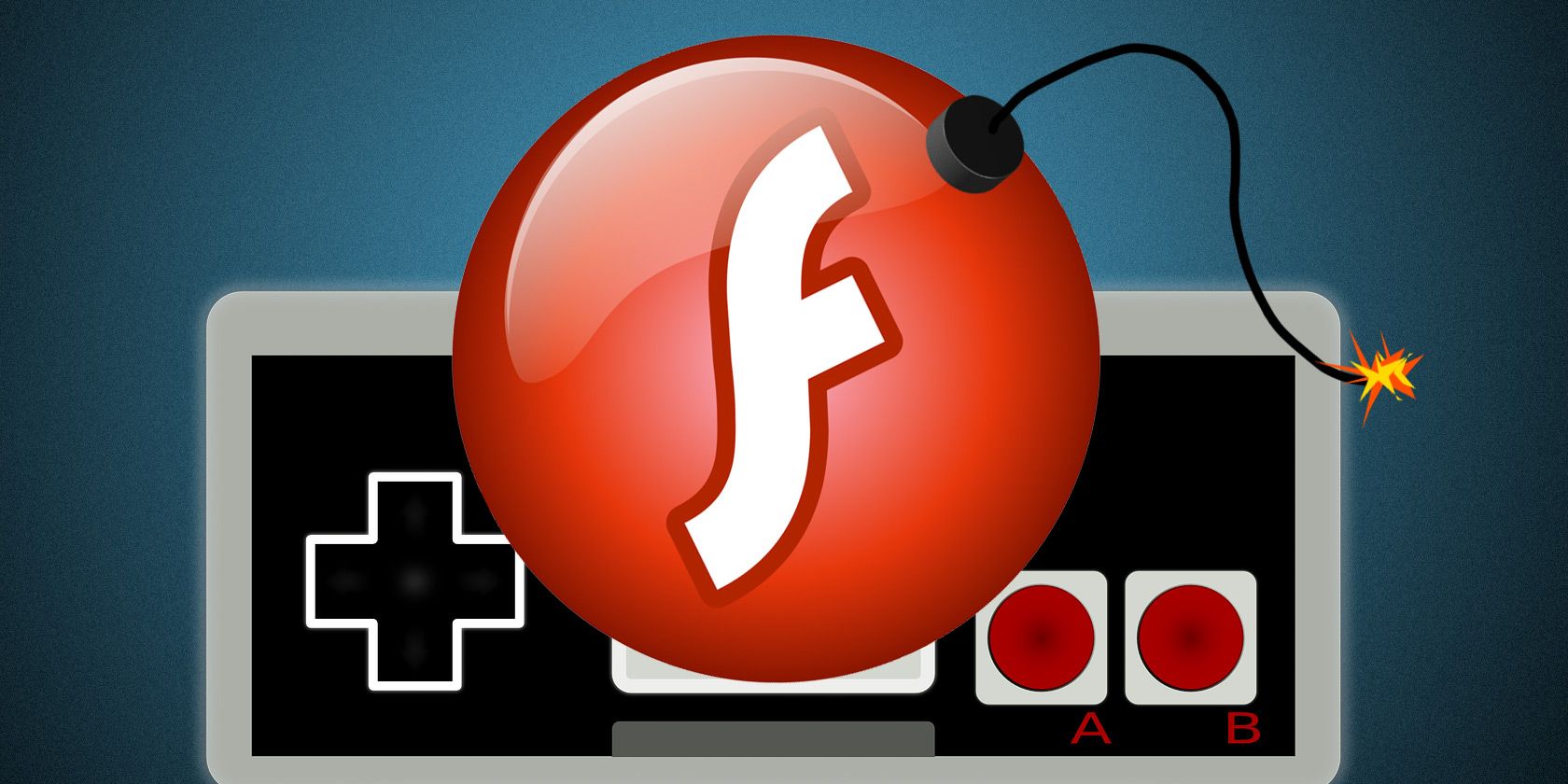
- #How to download html5 video lesson for offline uses how to
- #How to download html5 video lesson for offline uses full
- #How to download html5 video lesson for offline uses software
- #How to download html5 video lesson for offline uses Offline
# offline.html will be served in place of all other. # offline.jpg will be served in place of all images in images/large/ # static.html will be served if main.py is inaccessible # Resources that require the user to be online. Lets take a look at a more complex example: The browser will keep using the oldĪpplication cache in the event of failure.
#How to download html5 video lesson for offline uses Offline
Storage that other offline APIs can share. In Chrome for example, AppCache uses a shared pool of TEMPORARY

The browser does not cache a page if it does not contain The manifest attribute should be included on every page of your web application To enable the application cache for an app, include the manifest attribute on the The cache manifest file is a simple text file that lists the resources the browser should cacheįor offline access. The refresh button while they're offline. Your app will load and work correctly, even if the user presses The Application Cache (or AppCache) allows a developer to specify which files the browser should cacheĪnd make available to offline users.
#How to download html5 video lesson for offline uses full
Offline browsing - users can navigate your full site when they're offline.Using the cache interface gives your application three advantages: HTML5 addresses some of the annoyances of being offline with Yes, all browsers can cache pages and resources for long periods if told to do so, but the browser can kick individual items out of the cache at any point to make room for other things. Step5: Click “Download” button directly, or if there is not a download button, then right click the video and choose “Save video as” to download the embedded video to your local hard drive.It's becoming increasingly important for web-based applications to be accessible offline. Step4: Right click the link and choose “Open in a new tab”, the embedded video will show and play on a new tab automatically.


After done, you can find that the lower left side of the page will show a link. Then, press “F5” shortcut key to refresh the page and play the embedded video again.

Step3: After the Inspect page occurs, click “Network” tab first, then click “Media” sub tab under “Network”. Step2: Press “F12” shortcut key or right click the blank margins of the page, select “Inspect” in Chrome or “Inspect Element” in Firefox. Step1: Run Chrome or Firefox, open the page with the embedded video which you want to download, and then play the embedded video of the current page.
#How to download html5 video lesson for offline uses how to
Keep reading, here I will demonstrate how to download embedded videos with Chrome/Firefox.
#How to download html5 video lesson for offline uses software
To download embedded videos without any software installation is also available.


 0 kommentar(er)
0 kommentar(er)
